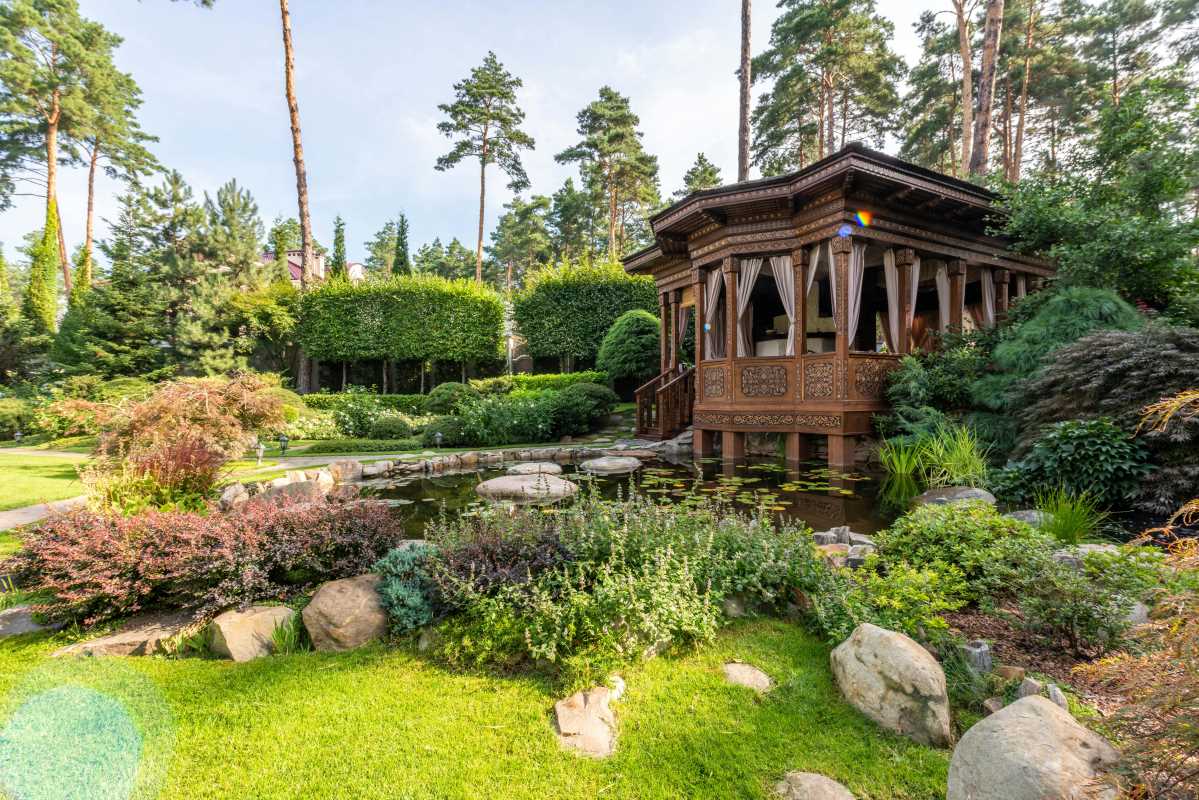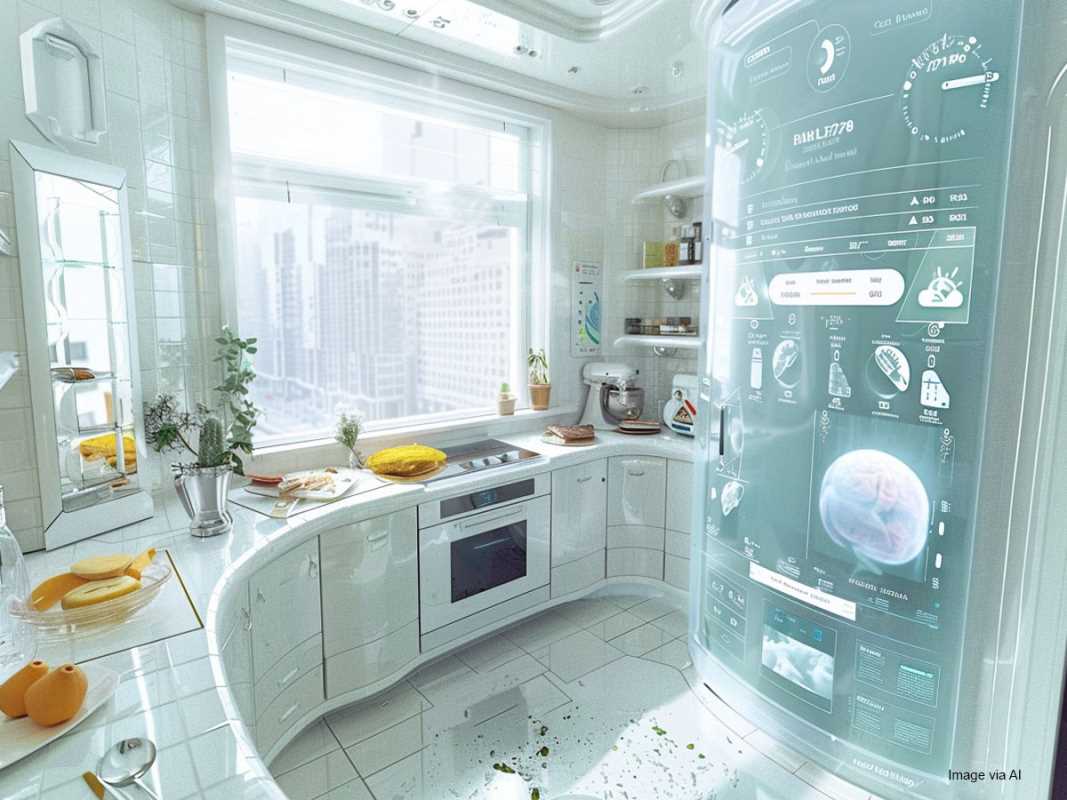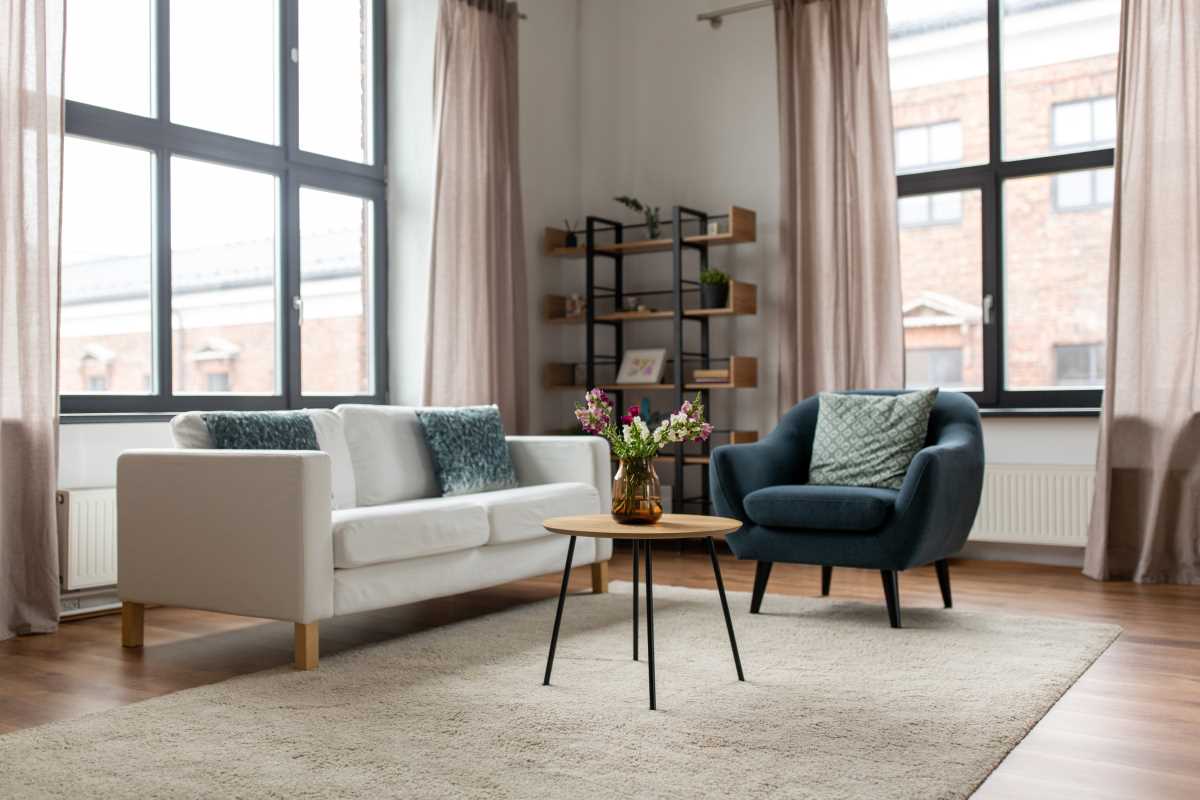Imagine stepping into your backyard to find a serene pond, a delightful addition that not only beautifies your outdoor space but also plays a significant role in supporting local wildlife. This tranquil oasis invites a variety of creatures, from colorful dragonflies to chirping frogs, offering them a safe haven and enriching your garden's ecosystem. By integrating a pond, you're not just crafting an aesthetic focal point; you're also embracing water conservation and nurturing a more sustainable environment. The gentle ripple of water and the vibrant life it attracts create an enchanting atmosphere, transforming your garden into a lively sanctuary.
Understanding Backyard Ponds
A backyard pond consists of several key components that work together to create a balanced ecosystem:
- Pond Liner: This waterproof barrier holds the water in place.
- Filtration System: It keeps the water clean and clear by removing debris and excess nutrients.
- Aeration: This feature provides necessary oxygen for aquatic life through fountains or air pumps.
- Plants: Native plants help maintain water quality and offer shelter for wildlife.
- Wildlife Features: Logs, rocks, and other structures create hiding spots and nesting areas for animals.
The benefits of having a backyard pond extend beyond aesthetics. Ponds conserve water by capturing rainwater, reducing runoff, and replenishing groundwater. They also create a microhabitat that attracts and supports a diverse range of wildlife, from insects and amphibians to birds and small mammals.
Choosing the Right Location
Selecting the perfect spot for your pond is crucial for its success and longevity. Start by observing your garden’s sunlight patterns; most pond plants need at least six hours of sunlight daily. Avoid places where water naturally collects, as this can indicate poor drainage and lead to pond instability.
Consider the distance to your home and utilities. Keep the pond away from buildings to prevent water splashing onto foundations or windows. Ensure easy access for maintenance tasks like cleaning and plant care. The location should harmonize with your garden’s overall layout, complementing existing features and enhancing the natural flow of the space.
Designing for Wildlife
Designing your pond with wildlife in mind creates a vibrant ecosystem. Incorporate a variety of native plants such as water lilies and reeds to provide food and shelter for insects and amphibians. Adding rocks and logs around the pond edges creates hiding places for frogs, turtles, and beneficial insects.
Creating a biodiverse wildlife sanctuary involves ensuring multiple habitats within your pond area. Include shallow areas for easier access for small animals and deeper sections for those seeking refuge from predators. Providing a range of plant heights and types supports different species, resulting in a balanced and lively habitat.
Water Conservation Tips
- Use Native Plants: They require less water and resist local pests and diseases.
- Implement Rainwater Harvesting: Collect rainwater to refill your pond, reducing reliance on tap water.
- Install Efficient Filtration: Proper filtration minimizes water waste by maintaining clear and healthy pond conditions.
- Opt for Solar-Powered Features: Solar pumps and lights lower electricity usage, contributing to energy conservation.
- Minimize Chemical Use: Rely on natural remedies and beneficial plants to manage algae and pests, preserving water quality.
By following these tips, you can significantly reduce your pond’s environmental footprint while maintaining a vibrant and healthy ecosystem.
Building Your Pond
The process of building a pond can be straightforward with proper planning and resources. Start by outlining the pond’s shape and size to fit your chosen location. Excavate the area, ensuring a slight slope for water depth variation. Next, install the pond liner, carefully smoothing out any wrinkles to prevent leaks. Incorporate rocks, logs, and other natural materials to create a more authentic and inviting environment for wildlife.
Maintaining Your Pond
Maintaining your pond is essential to ensure it remains a healthy habitat for wildlife. Regularly remove debris such as fallen leaves and dead plants to prevent stagnation and maintain water quality. Monitor the water levels, especially during dry spells, to ensure aquatic life has enough habitat to thrive.
Manage plant growth by trimming excess vegetation and controlling invasive species that might disrupt the pond’s ecosystem. Keep an eye out for signs of pests or diseases and address them promptly using eco-friendly solutions. Periodic checks of the filtration and aeration systems will help keep the water clear and oxygenated, supporting a diverse range of aquatic life.
Create a beautiful, sustainable backyard pond to enhance your garden, support local wildlife, and conserve water. Start building today for a greener, more vibrant environment.
 (Image via
(Image via





